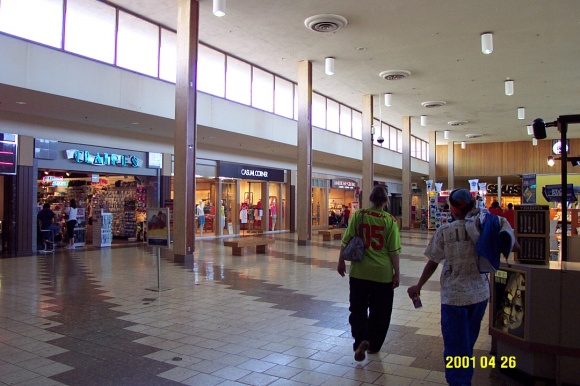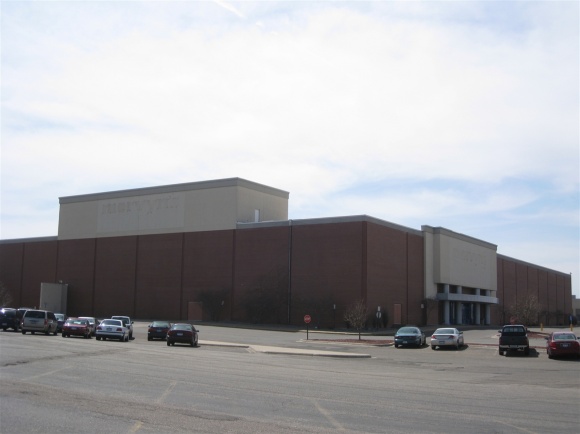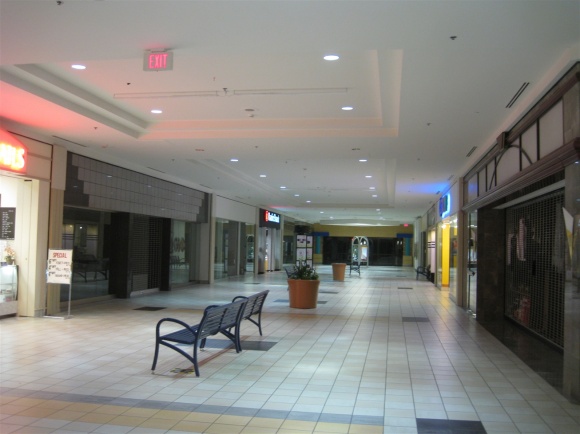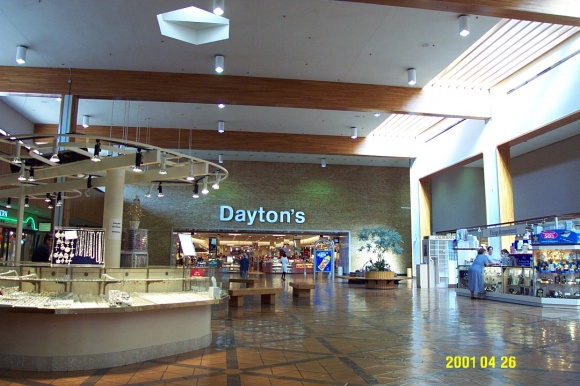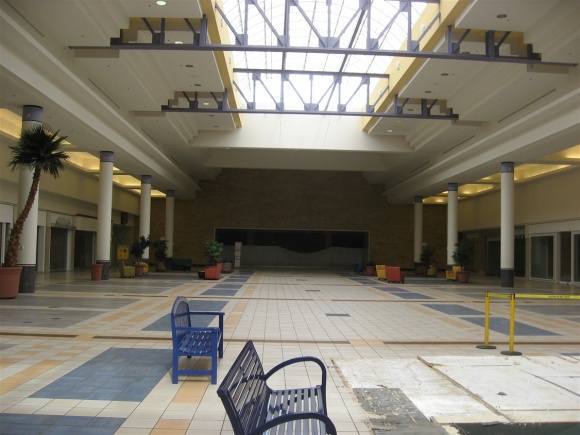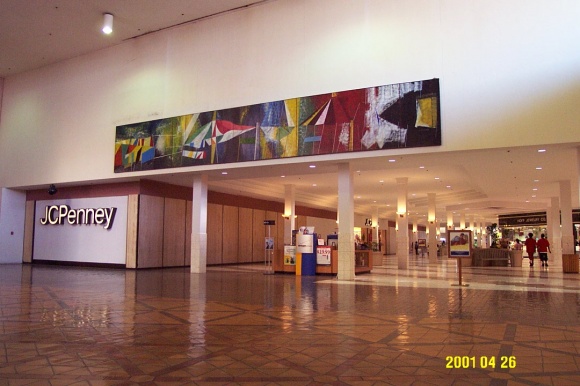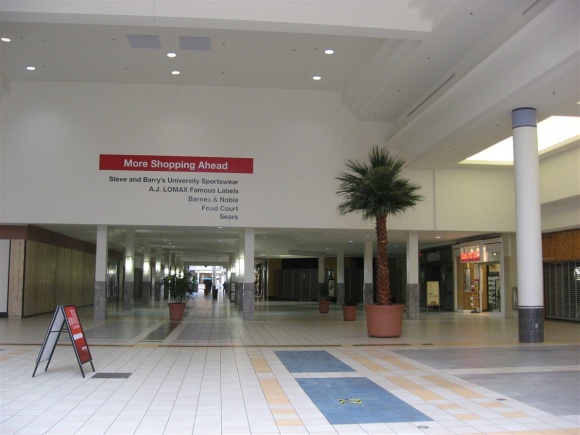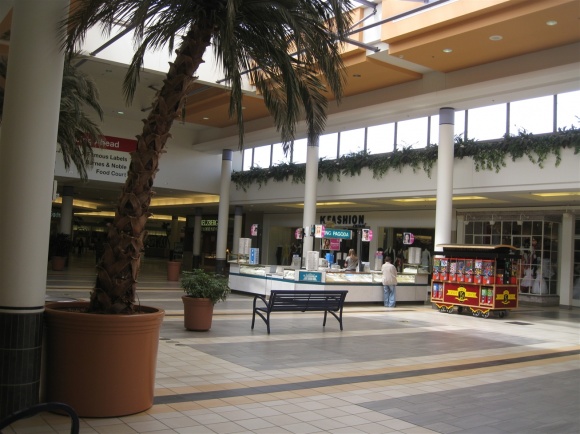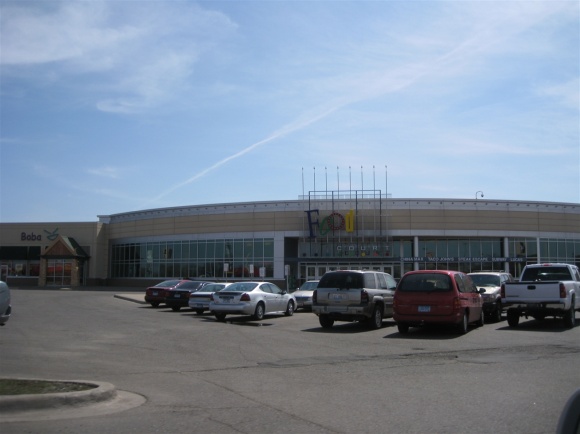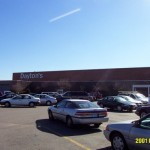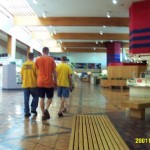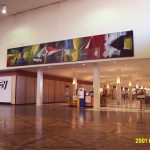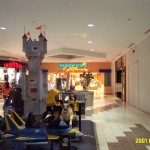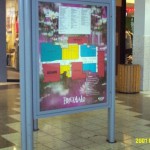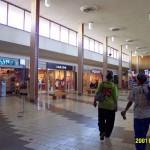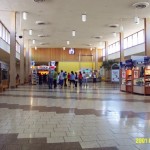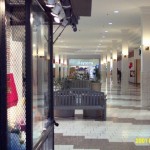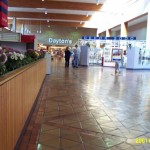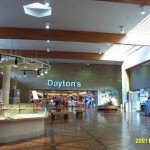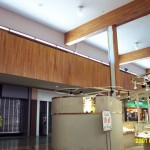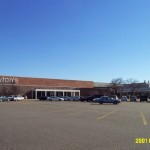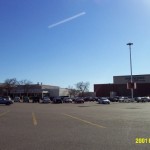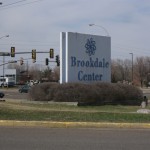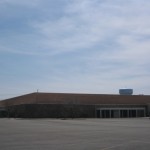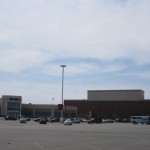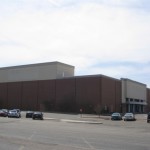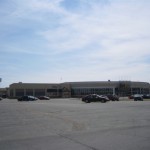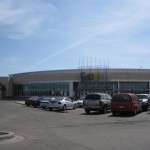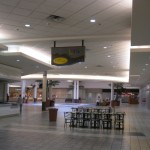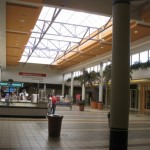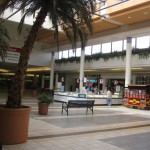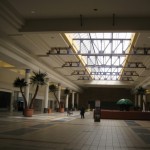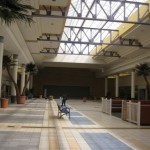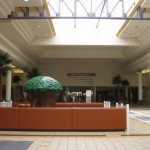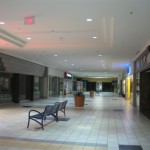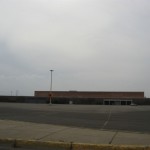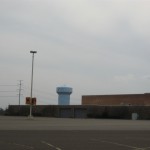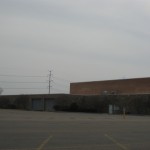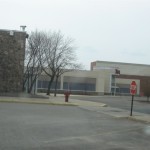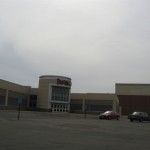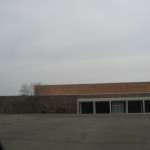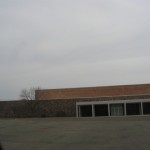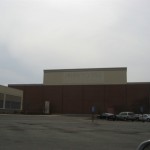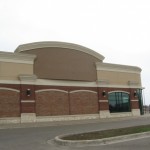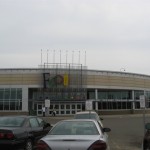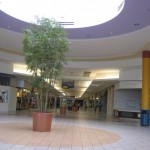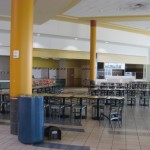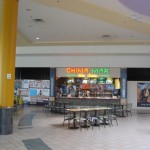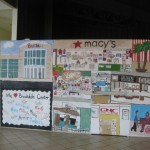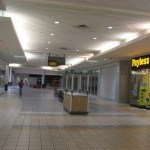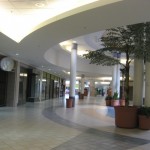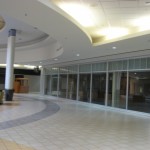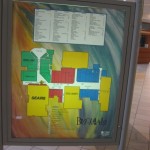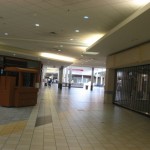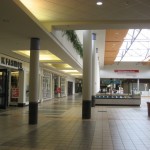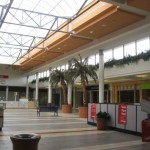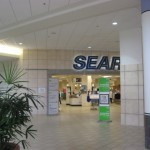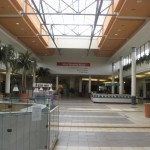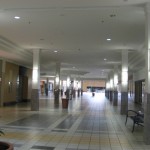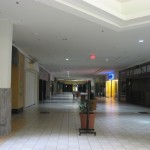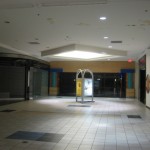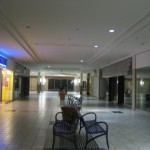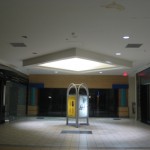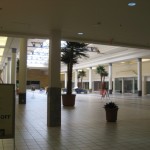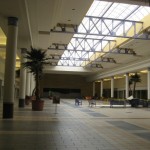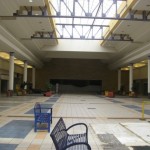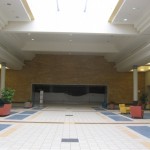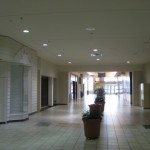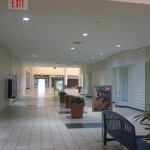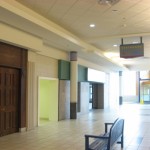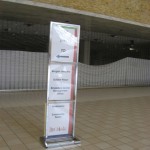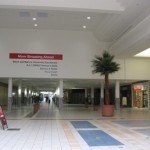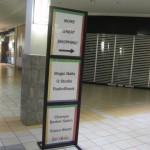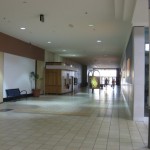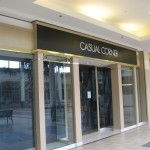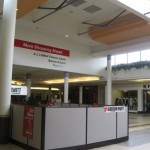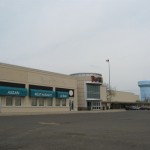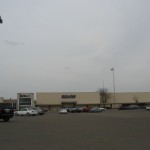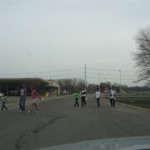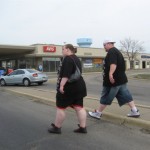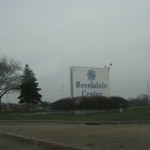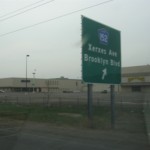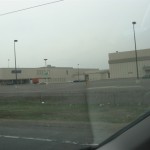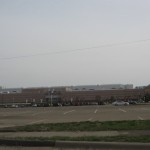Located in the middle of the country and home to agricultural giant Conagra as well as financial super-hero Warren Buffett, metro Omaha has suffered its fair share of troubled malls. East of downtown Omaha, Council Bluffs’ Mall of the Bluffs is suffering from a rising vacancy rate and has a large wing that is almost entirely empty. South of downtown, in suburban Bellevue, Southroads Mall failed over a decade ago and lost all its retail anchors, having since been repurposed into an office center. Crossroads Mall, located in the middle of the city, was the first regional center in Omaha. Today, it is a failed mall with many vacancies, ripe for redevelopment.
One of the earliest enclosed regional malls in the country, Crossroads Mall opened in September 1960, a vision of Omaha’s Brandeis department store chain, which purchased the land and organized the mall’s construction. When it opened, Crossroads consisted of two main anchors: a three-level, 110,000 square-foot Brandeis, flanking the eastern end of the mall, and a three-level, 113,000 square-foot Sears on the west end. In between the anchors was an enclosed, climate-controlled hallway called the Arcade Level, featuring about 24 stores and services. According to Mall-Hall-of-Fame, early stores included Walgreens, Goldstein-Chapman apparel, Haney’s Shoes, The Spot Snack Bar, and Woolworths. Here’s a vintage view of Crossroads, looking northeast toward Brandeis, courtesy Malls of America:
In 1966, the Brandeis chain, determined by their success in developing a regional mall at Crossroads, did the same thing on the south side of Omaha, in suburban Bellevue, and constructed Southroads Mall in the same vein. However, due to their locations on opposite sides of town, Southroads and Crossroads weren’t really ever in direct competition. More serious competition was, however, on the horizon.
In 1968, just eight years after Crossroads Mall opened, major competition arrived just 5 minutes down the street with the opening of Westroads Mall. Anchored by another Brandeis store, Montgomery Ward, and J.C. Penney, the much larger Westroads was closer to the new sprawl of residential construction and growth in Omaha, and thus was poised to instantly be crowned the best mall in the region. Even so, the two malls were mostly complementary until the early 2000s, when a number of factors, mostly competition, dealt a death knell to Crossroads.
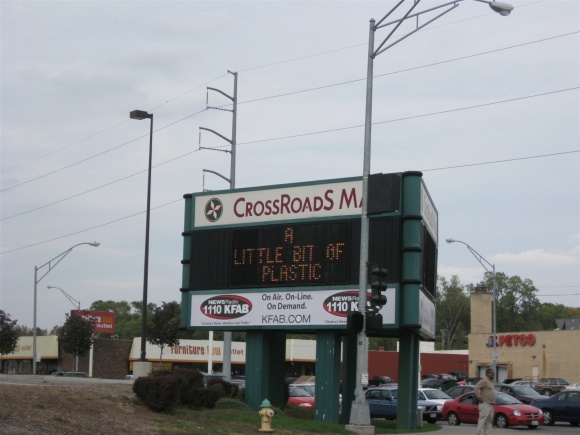 Despite Westroads’ dominance, both Crossroads and Westroads thrived throughout the 1970s and 1980s, even with the arrival of competitor Mall of the Bluffs in 1986, located east of downtown Omaha in Council Bluffs, Iowa. The period between 1986-1988 also marked the period of greatest change for Crossroads Mall, culminating in the rebranding of one of the two original anchor stores as well as a major mall expansion. This addition doubled the size of the mall, giving it the fuel it needed to survive in a fiercely competitive retail climate, which was about to get even more crowded in the 1990s and 2000s with the addition of one large enclosed mall and two outdoor ones.
Despite Westroads’ dominance, both Crossroads and Westroads thrived throughout the 1970s and 1980s, even with the arrival of competitor Mall of the Bluffs in 1986, located east of downtown Omaha in Council Bluffs, Iowa. The period between 1986-1988 also marked the period of greatest change for Crossroads Mall, culminating in the rebranding of one of the two original anchor stores as well as a major mall expansion. This addition doubled the size of the mall, giving it the fuel it needed to survive in a fiercely competitive retail climate, which was about to get even more crowded in the 1990s and 2000s with the addition of one large enclosed mall and two outdoor ones.
The expansion of Crossroads, which began in 1986, created a brand-new two level addition between center court and a new north anchor, a 2-level, 216,500 square-foot Dillard’s. It also expanded the mall south from center court, where a new one-level addition reached south into the parking lot, culminating in a new main entrance. The result was a mall shaped like a cross, with three-quarters of the corridors having one level and one-quarter bearing two levels. In addition, a 6-level parking structure was built on the northeast side of the complex, and a new food court was constructed on the second level, above center court. Above the food court and center court are a massive Teflon-coated tent-like roof that can seen for miles around on Omaha’s flat, rolling landscape. Also, the mall’s original 56-foot-wide corridor was narrowed, providing extra retail space for new stores.
While the mall was renovated and expanded, an anchor change took place as Brandeis was sold to Des Moines-based Younkers, giving both Crossroads and Westroads malls new anchors. By 1988, all of these changes were complete, giving Crossroads Mall 735,000 square-feet of retail space, with three anchors and room for 70 retailers.
 In 1991, more competition for Crossroads arrived in far west Omaha with the opening of Oak View Mall, a modern, large two-level mall featuring more than 100 stores and four anchors: Dillard’s, Sears, Younkers, and J.C. Penney. This new mall, combined with renovations and expansions at Westroads, shifted the retail dominance in Omaha, from being shared between Westroads and Crossroads to between Westroads and Oak View. The relatively wealthy residents of sprawling West Omaha no longer needed to travel to Crossroads to visit Sears or Dillard’s, or for any other reason.
In 1991, more competition for Crossroads arrived in far west Omaha with the opening of Oak View Mall, a modern, large two-level mall featuring more than 100 stores and four anchors: Dillard’s, Sears, Younkers, and J.C. Penney. This new mall, combined with renovations and expansions at Westroads, shifted the retail dominance in Omaha, from being shared between Westroads and Crossroads to between Westroads and Oak View. The relatively wealthy residents of sprawling West Omaha no longer needed to travel to Crossroads to visit Sears or Dillard’s, or for any other reason.
Even so, Crossroads continued to soldier on as a successful ancillary fill-in mall, serving the areas of the city it was closest to. Banking on the center’s location and convenience, in the middle of the Dodge Street retail strip and in the middle of the city, Crossroads was still the closest mall for many Omaha residents and thrived for many more years as a regional convenience mall. It even attracted and retained many national stores like Gap, Aeropostale, Suncoast, and Old Navy, which stayed with the mall until the mid- to late-2000s.
In 1994, Crossroads was bought by Melvin Simon, who gave the mall a minor facelift renovation in 1998. The facelift brought a new “compass” logo and new signage to the mall, a large, lighted food court sign at center court, and an updated neutral color scheme.
By the turn of the millenium, Crossroads was still thriving, mostly due to its convenience and solid roster of stores. When I visited in 2002, the vacancy rate was relatively low, the food court was full and thriving, and the mall was busy with shoppers. Unfortunately, though, the bottom dropped out at Crossroads rather quickly, and during the rest of the decade the mall all but cleared out due, at least in part, to competition from two new outdoor malls Village Pointe, which opened 8 miles west of Crossroads in 2004, and Shadow Lake Towne Center, which opened in south suburban Papillion in 2007.
The first anchor to depart Crossroads was Younkers, which closed in January 2005. Younkers had moved into a new, larger space at nearby Westroads Mall in October 2003 and saw the duplicate store at Crossroads, just five minutes away, as unnecessary. Originally, this didn’t seem to be a major problem, because popular retailer Target moved into the space in July 2006 after demolishing the former Brandeis/Younkers and building their own smaller, 90,000 square-foot structure.
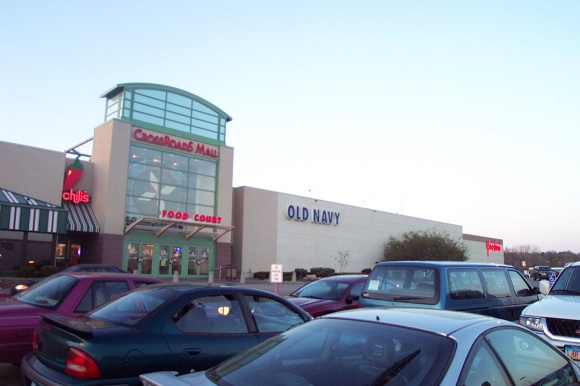 In January 2008, more trouble came as Dillard’s decided to convert its Crossroads store into a clearance center, and then closed the store permanently later that August. Unlike the departure of Younkers, the absence of Dillard’s had a greater effect on a large part of the mall. By 2009, the entire second level of the Dillard’s wing, including the food court, was completely vacant, and the mall was in big trouble. Other popular tenants like Gap, Old Navy, and two national jewelry stores also left in droves.
In January 2008, more trouble came as Dillard’s decided to convert its Crossroads store into a clearance center, and then closed the store permanently later that August. Unlike the departure of Younkers, the absence of Dillard’s had a greater effect on a large part of the mall. By 2009, the entire second level of the Dillard’s wing, including the food court, was completely vacant, and the mall was in big trouble. Other popular tenants like Gap, Old Navy, and two national jewelry stores also left in droves.
In early 2010, Simon, unable to seek a buyer for the flagging mall, decided to stop paying its mortgage and let the mall fall into foreclosure. During the March 2010 foreclosure sale, Simon’s former lender purchased it for over $40 million. Then, in June 2010, Crossroads was sold again to Century Development, an Omaha-based firm who seems committed to the redevelopment of the site.
What does the future hold for Crossroads Mall? It’s anyone’s guess, but proposals dating back as far as 2004 envision the conversion of the mall to some sort of mixed-use development, combining retail with entertainment, dining, housing, medical, offices, and more. Students at nearby UNO, as well as others, envision the mall becoming a miniature version of Kansas City’s Power and Light District, a popular urban mixed-use destination featuring dining, nightlife, hospitality, shopping and more. Some problems were indicated with this proposal, though, namely that Crossroads is along a suburban, low-density strip, located several miles from downtown, and that some of the existing buildings at Crossroads are not owned by the mall, like Target and Sears. The location of the Crossroads site is one of the best in the entire city, centrally located and well positioned for redevelopment, so it shouldn’t be too long once plans are laid. But, until then, the mall is open and living on borrowed time.
I visited Crossroads in April 2002 and October 2008 and took the pictures featured here. As always, feel free to leave your own reactions and anecdotes in the comments on this page.
April 2002:
October 2008:
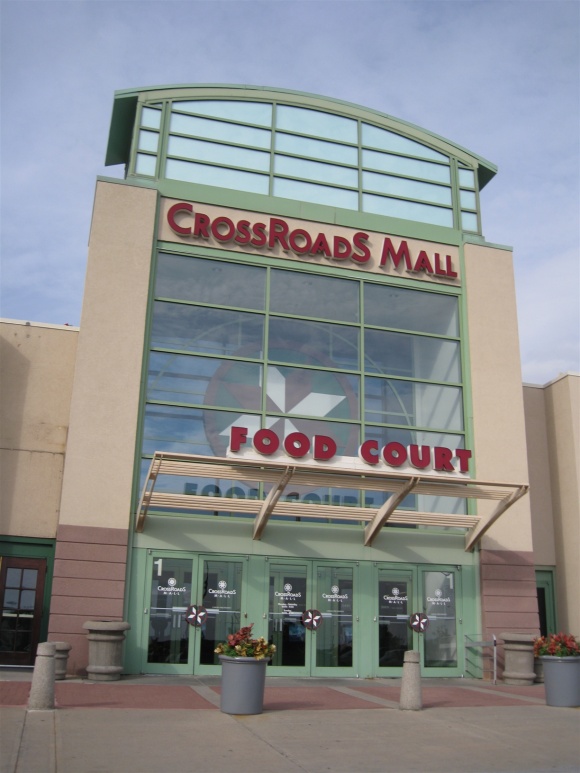 One of the earliest enclosed regional malls in the country, Crossroads Mall opened in September 1960, a vision of the development arm of Omaha’s Brandeis department store chain, who purchased the land and organized the mall’s construction. When it opened, Crossroads consisted of two main anchors: a three-level, 110,000 square-foot Brandeis, flanking the eastern end of the mall, and a three-level, 113,000 square-foot Sears on the west end. In between the anchors was an enclosed, climate-controlled hallway called the Arcade Level, featuring about 24 stores and services. According to Mall-Hall-of-Fame, early stores included Walgreens, Goldstein-Chapman apparel, Haney’s Shoes, The Spot Snack Bar, and Woolworths.
One of the earliest enclosed regional malls in the country, Crossroads Mall opened in September 1960, a vision of the development arm of Omaha’s Brandeis department store chain, who purchased the land and organized the mall’s construction. When it opened, Crossroads consisted of two main anchors: a three-level, 110,000 square-foot Brandeis, flanking the eastern end of the mall, and a three-level, 113,000 square-foot Sears on the west end. In between the anchors was an enclosed, climate-controlled hallway called the Arcade Level, featuring about 24 stores and services. According to Mall-Hall-of-Fame, early stores included Walgreens, Goldstein-Chapman apparel, Haney’s Shoes, The Spot Snack Bar, and Woolworths.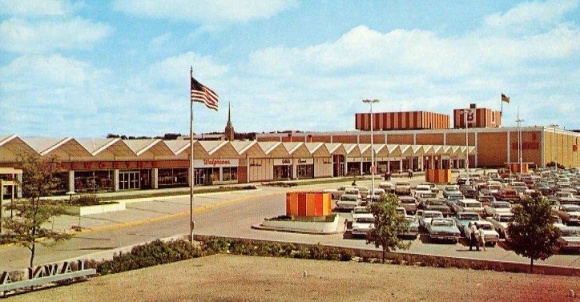


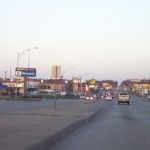
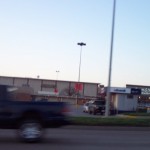
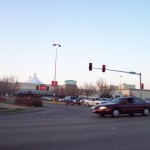
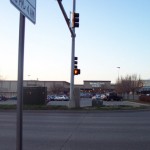
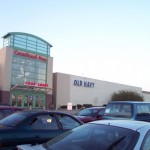
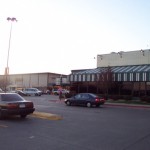
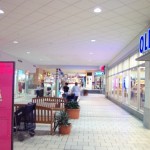
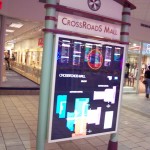
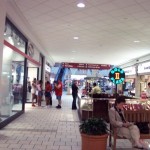
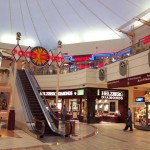
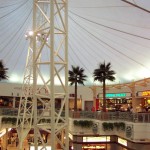
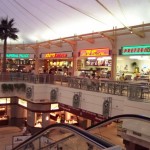
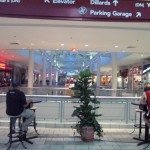
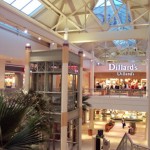
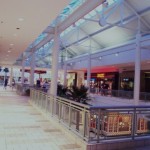
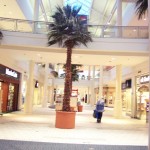
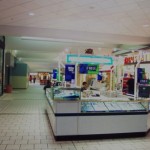
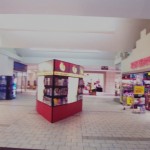
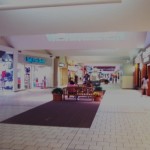
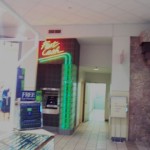
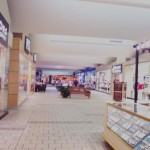
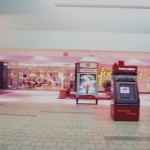
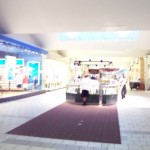
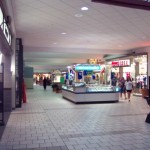
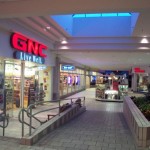
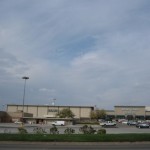
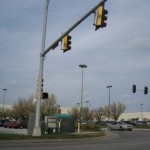
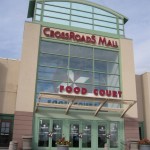
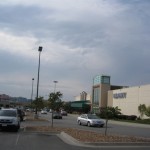
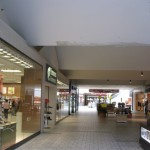
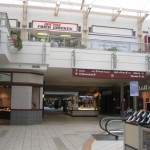
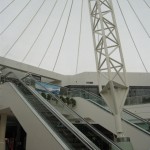
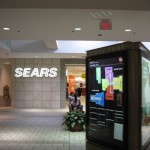
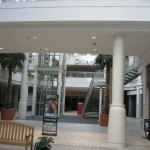
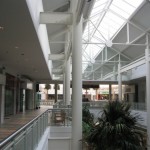
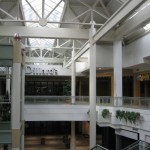
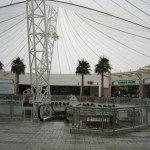
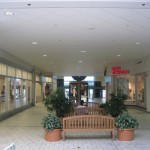
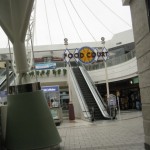
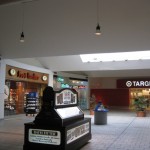
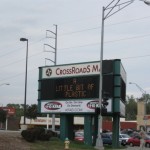
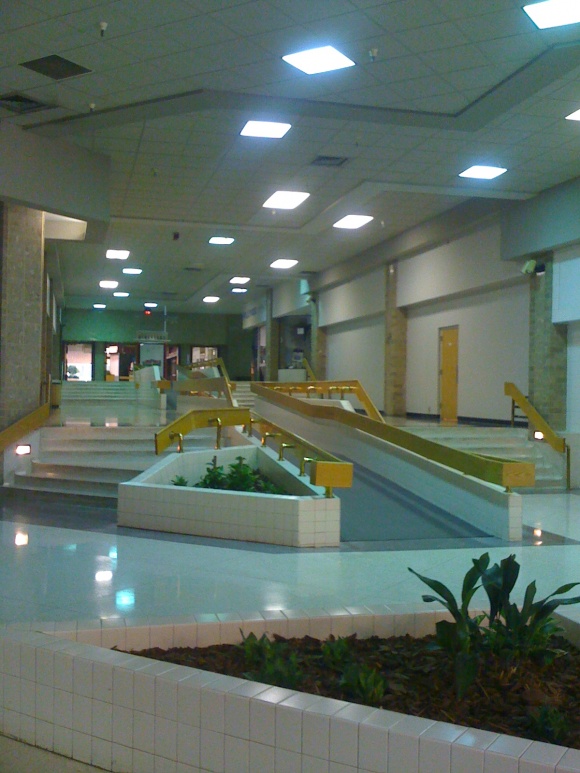 I’m talking about Mountaineer Mall. Located in Morgantown, West Virginia, Mountaineer Mall is the kind of mall dead mall fans dream about, with all sorts of retail antiquities and dated accoutrements. We’re talking about wooden railings with tarnished, aging brass fixtures, brick facades, tile- and wood panel-laden planter fixtures, intact dead store facades from 20+ years ago, and more. Mountaineer Mall was once the dominant – and only – mall in the Morgantown region. Located 70 miles south of Pittsburgh, Morgantown is home to West Virginia University and has the healthiest economy in the state. It has a population of around 30,000 residents, which nearly doubles when the University is in session, and a metropolitan area of 115,000 to boot. Morgantown has a quirky, progressive college town feel, and with its low unemployment and unique culture feels mightily juxtaposed to the rest of the state, or anywhere for that matter. One example of this is the fact that the small city has its own rail-based mass transit, a people mover called the Morgantown Personal Rapid Transit system, which connects downtown Morgantown to the WVU satellite campus located a few miles away.
I’m talking about Mountaineer Mall. Located in Morgantown, West Virginia, Mountaineer Mall is the kind of mall dead mall fans dream about, with all sorts of retail antiquities and dated accoutrements. We’re talking about wooden railings with tarnished, aging brass fixtures, brick facades, tile- and wood panel-laden planter fixtures, intact dead store facades from 20+ years ago, and more. Mountaineer Mall was once the dominant – and only – mall in the Morgantown region. Located 70 miles south of Pittsburgh, Morgantown is home to West Virginia University and has the healthiest economy in the state. It has a population of around 30,000 residents, which nearly doubles when the University is in session, and a metropolitan area of 115,000 to boot. Morgantown has a quirky, progressive college town feel, and with its low unemployment and unique culture feels mightily juxtaposed to the rest of the state, or anywhere for that matter. One example of this is the fact that the small city has its own rail-based mass transit, a people mover called the Morgantown Personal Rapid Transit system, which connects downtown Morgantown to the WVU satellite campus located a few miles away.
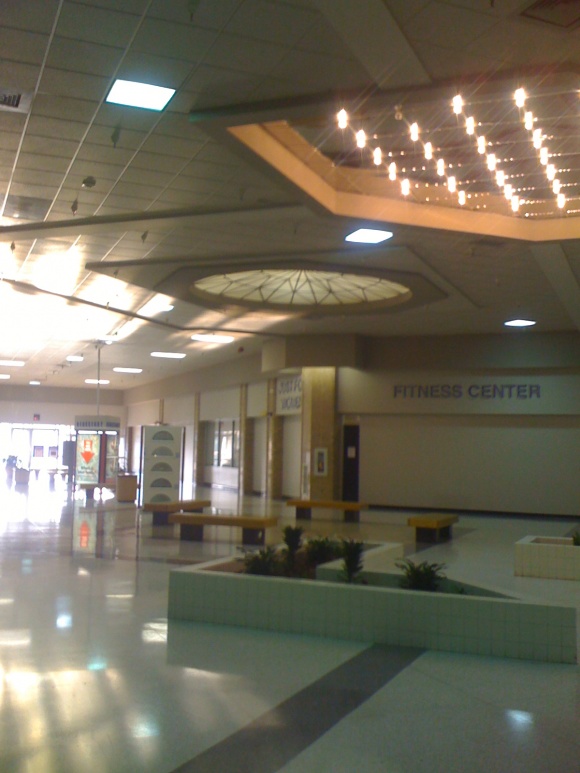
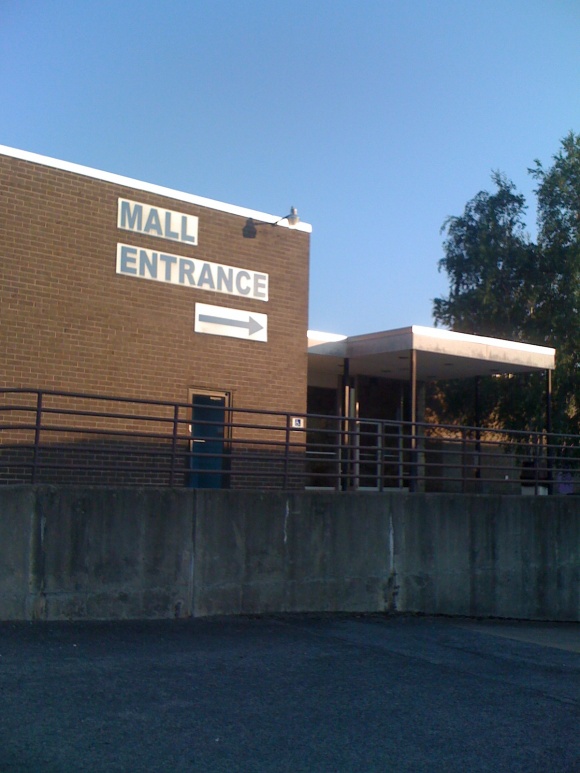
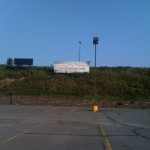
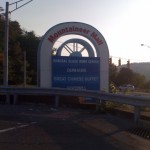
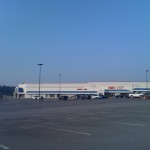
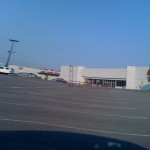
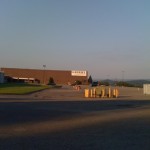
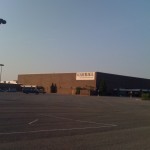
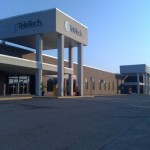
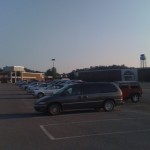
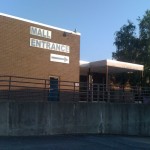
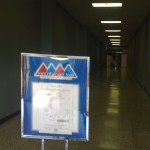
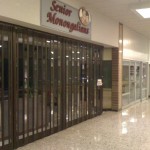
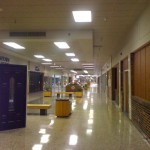
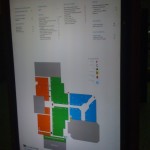
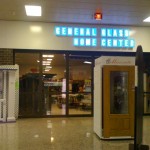
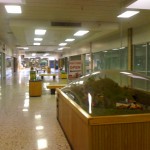
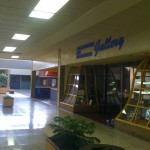
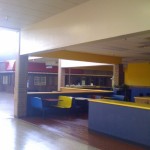
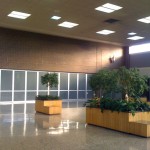
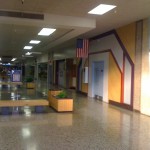
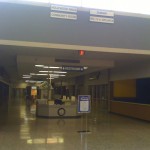
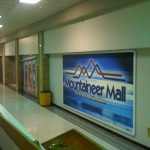
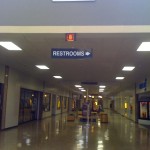
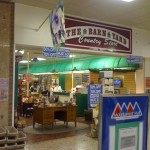
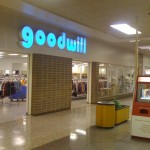
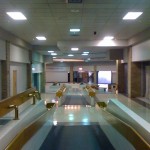
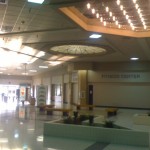
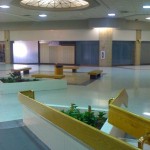
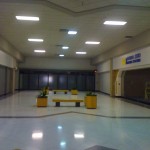
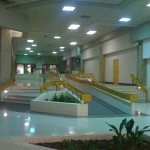
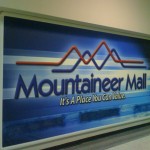
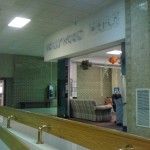
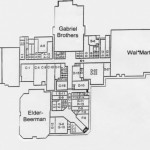
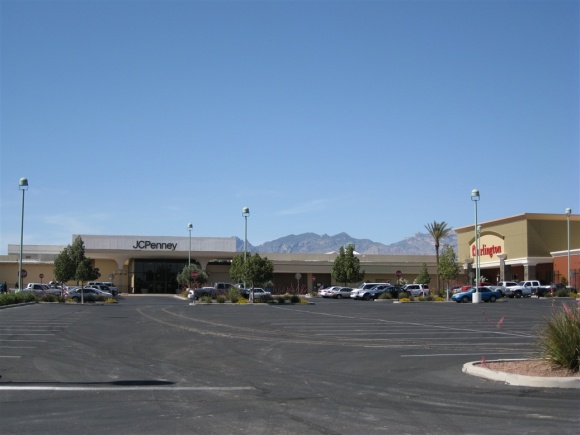 El Con Mall was Tucson’s first mall, borne of necessity in 1960. Tucson didn’t have a mall yet, and its population grew 368 percent between 1950 and 1960 – from 45,000 residents to well over 200,000. Developer Joseph Kivel decided the best spot for the mall was in midtown Tucson, in the middle of the growth, next to the storied, posh El Conquistador Hotel, a Spanish Revival structure which opened in 1928 (and should never have been torn down). When the mall opened it was initially outdoor, and anchored by a three-level, 60,000 square-foot Levy’s Department Store, which moved from downtown Tucson, as well as a 2-level, 180,000 square-foot Montgomery Ward; Woolworth and Skaggs Drug were mini-anchors.
El Con Mall was Tucson’s first mall, borne of necessity in 1960. Tucson didn’t have a mall yet, and its population grew 368 percent between 1950 and 1960 – from 45,000 residents to well over 200,000. Developer Joseph Kivel decided the best spot for the mall was in midtown Tucson, in the middle of the growth, next to the storied, posh El Conquistador Hotel, a Spanish Revival structure which opened in 1928 (and should never have been torn down). When the mall opened it was initially outdoor, and anchored by a three-level, 60,000 square-foot Levy’s Department Store, which moved from downtown Tucson, as well as a 2-level, 180,000 square-foot Montgomery Ward; Woolworth and Skaggs Drug were mini-anchors.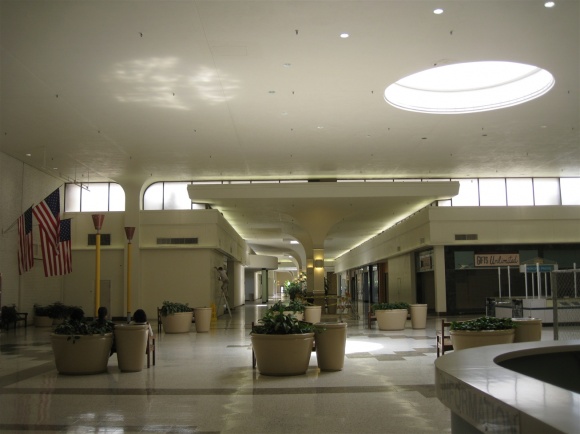
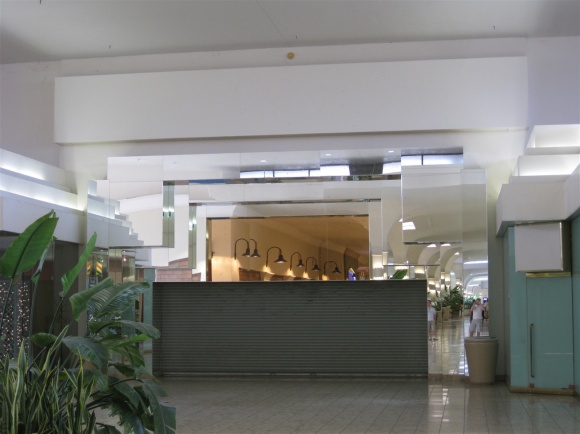
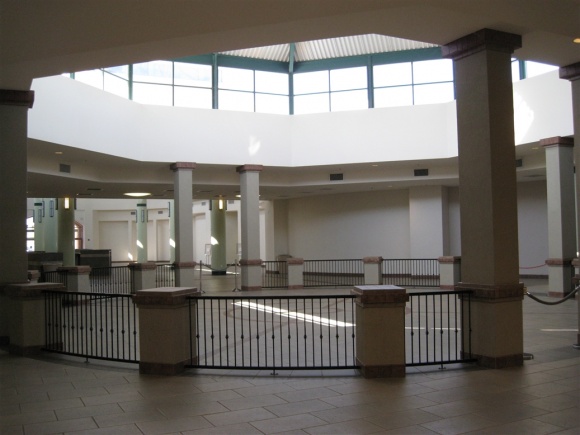
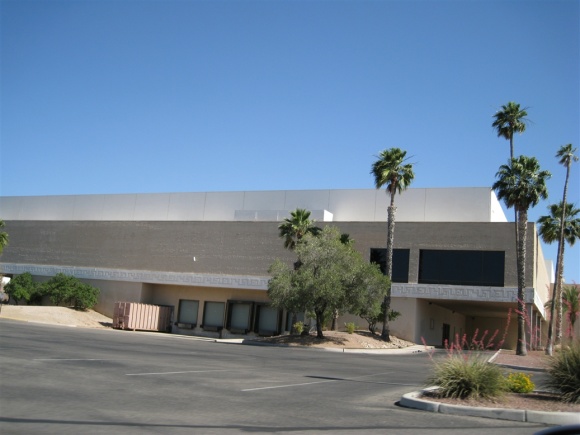

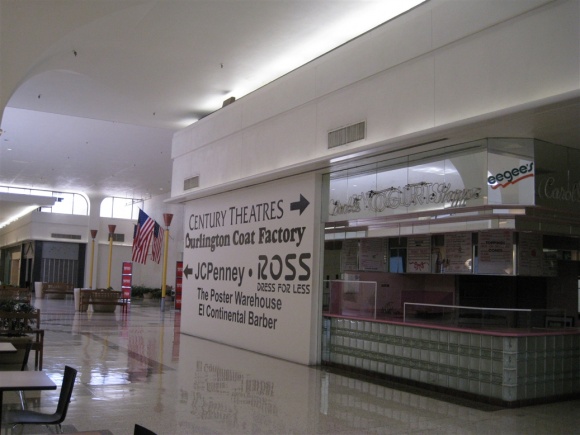
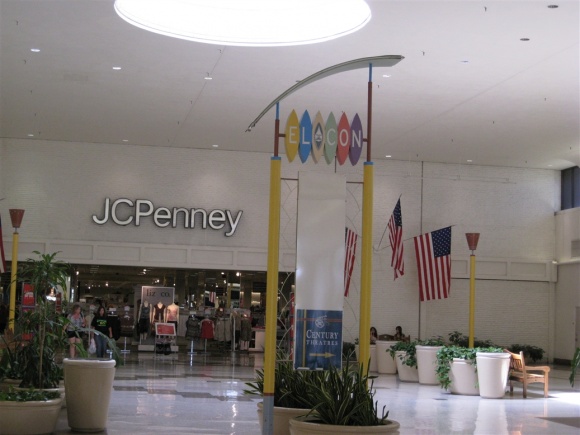
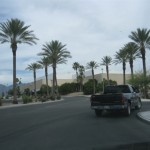
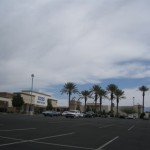
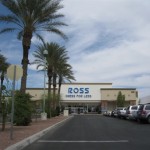
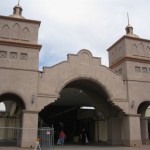
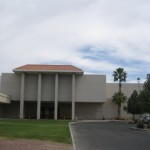
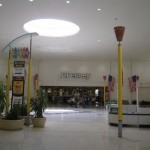
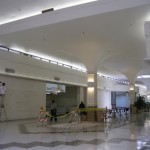
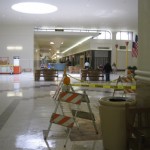
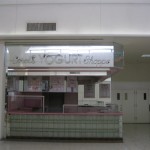
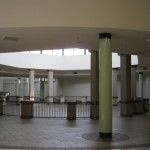
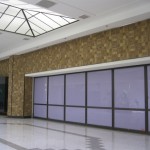
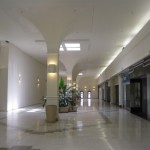
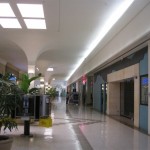
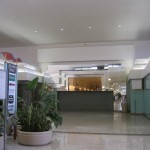

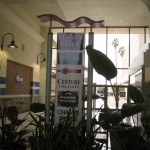
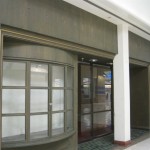
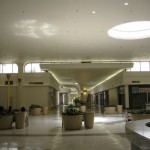
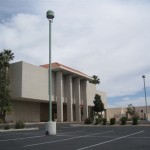
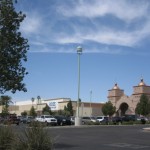
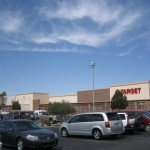
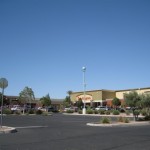
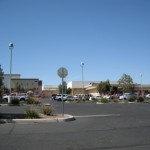
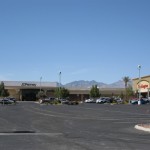
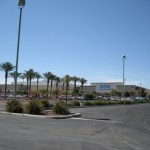
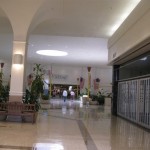
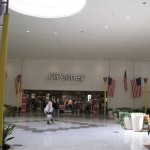
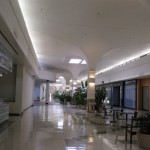
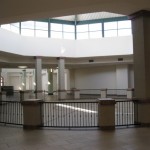

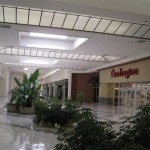
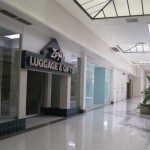
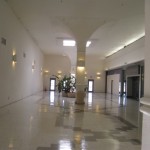
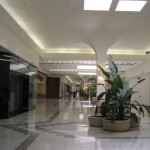
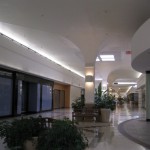
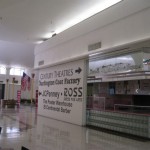
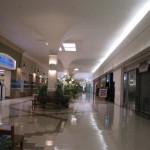
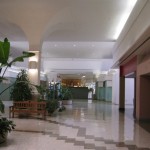
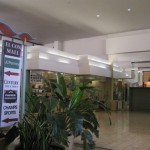
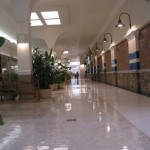
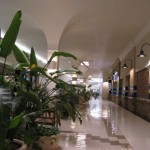
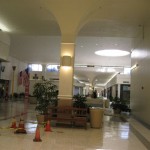
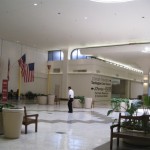
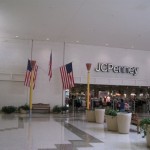
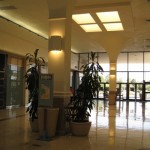

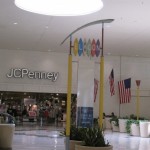
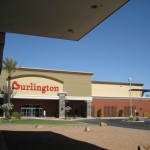
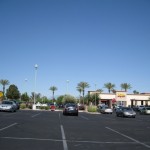
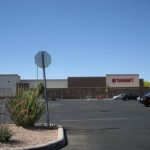
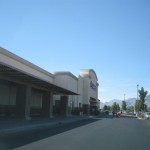
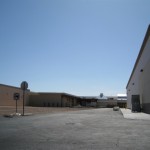
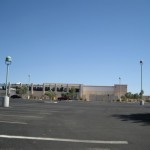
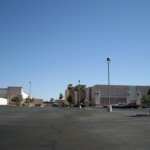
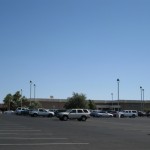
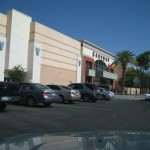
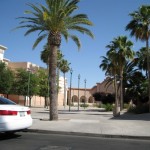
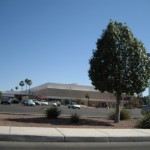
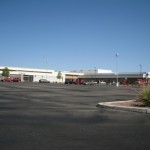
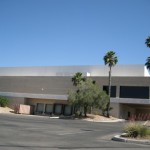
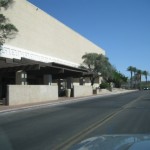
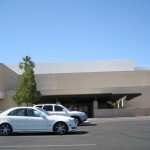
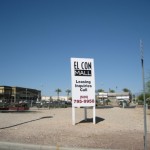
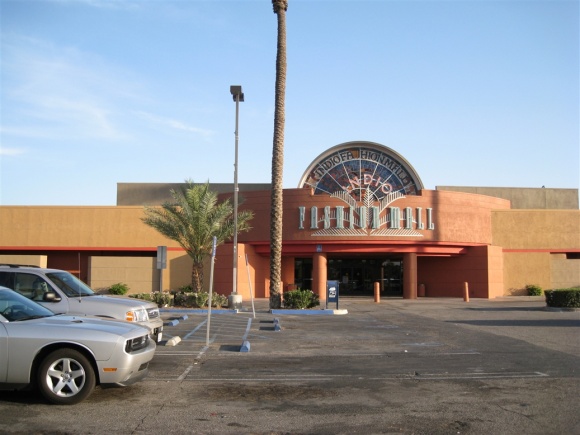 Fiesta Mall is Indio’s enclosed shopping mall, and one of three enclosed malls in the Coachella Valley. It was built in 1974 as Indio Fashion Mall, and aside from minor cosmetic updates has the same layout as it did then. Sears and San Bernardino-based Harris were the original anchors, and a small single-level mallway connected them with only 225,000 square feet of total space. Indio was a much smaller city then, with a population under 20,000, and had a caucasian-majority demographic.
Fiesta Mall is Indio’s enclosed shopping mall, and one of three enclosed malls in the Coachella Valley. It was built in 1974 as Indio Fashion Mall, and aside from minor cosmetic updates has the same layout as it did then. Sears and San Bernardino-based Harris were the original anchors, and a small single-level mallway connected them with only 225,000 square feet of total space. Indio was a much smaller city then, with a population under 20,000, and had a caucasian-majority demographic.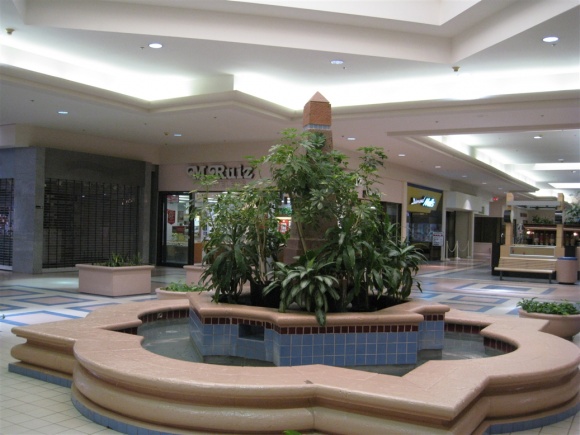
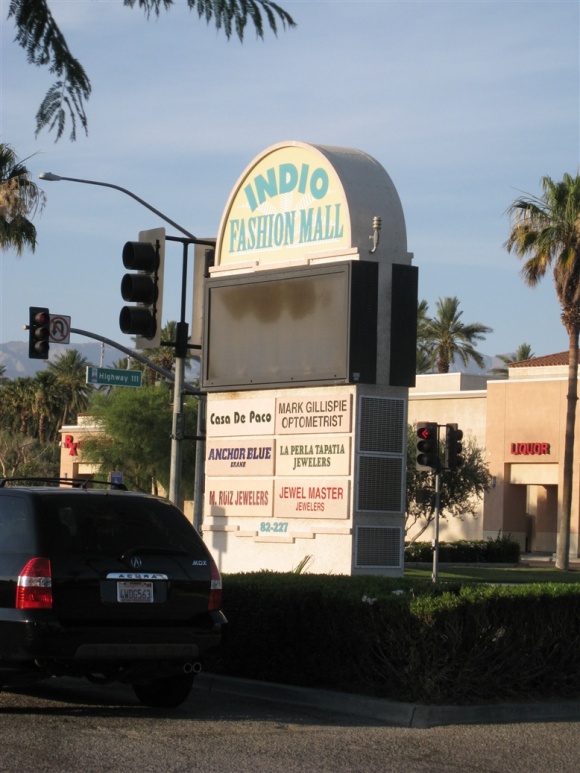
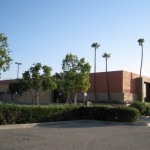
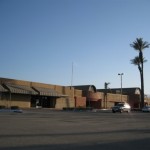
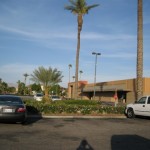
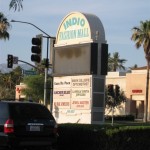
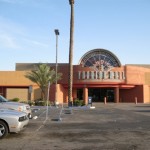
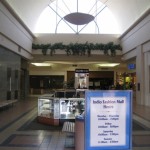
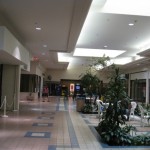
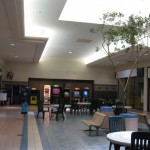
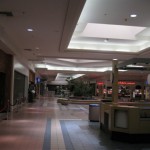
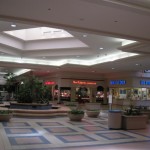
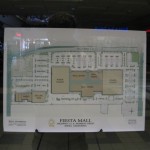
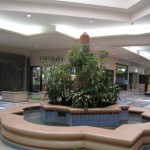
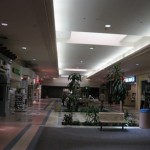
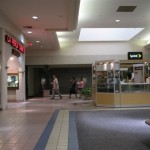
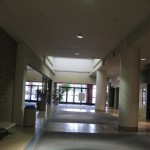
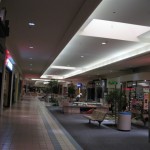
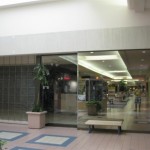
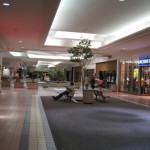
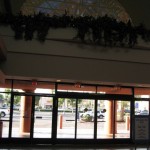
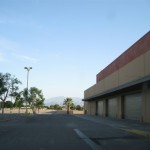

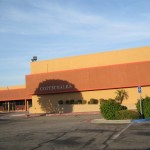
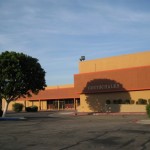
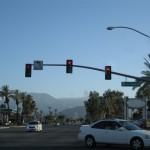

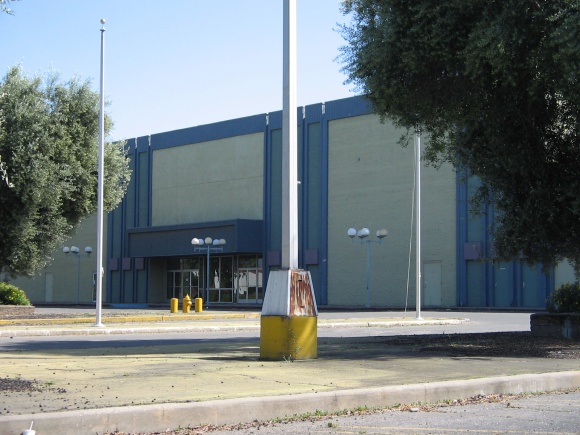
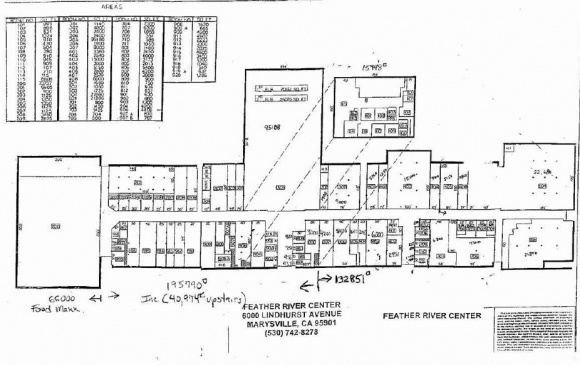
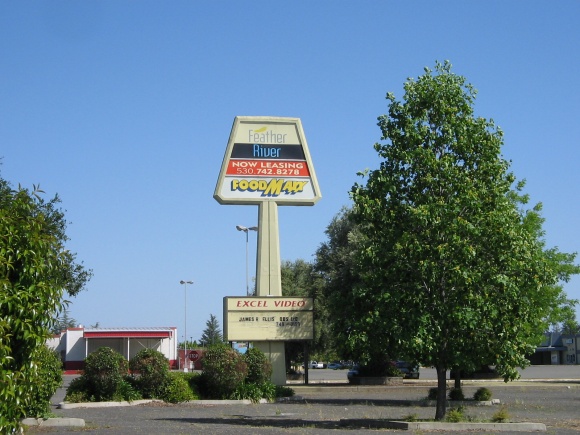
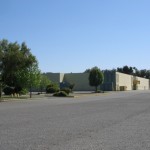
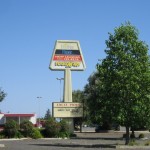
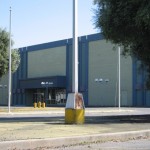
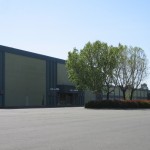
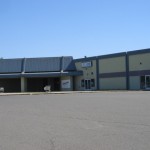
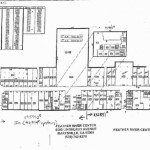
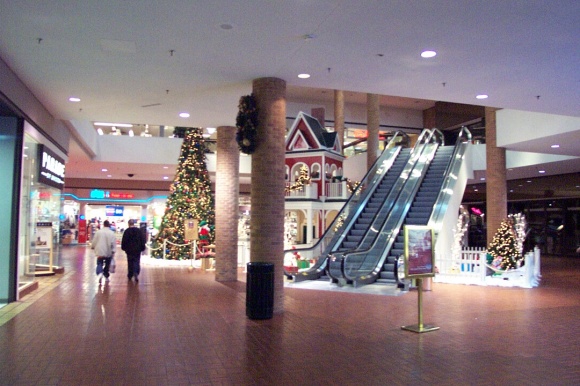 Brickyard Mall, which opened in March 1977 on Chicago’s northwest side, was one of two regional, suburban-style shopping malls constructed in the city – the other was Ford City Mall on Chicago’s south side, which opened in 1965. Three other regional malls are, however, literally within a stone’s throw of the city limits – Lincolnwood Town Center, Harlem-Irving Plaza, and Evergreen Plaza all are located either directly across the street from the city or just blocks from it. Brickyard Mall enjoyed a modicum of success through the 1980s, but in the 1990s its viability met opposition as neighborhood demographics changed and competition from other malls outmoded it.
Brickyard Mall, which opened in March 1977 on Chicago’s northwest side, was one of two regional, suburban-style shopping malls constructed in the city – the other was Ford City Mall on Chicago’s south side, which opened in 1965. Three other regional malls are, however, literally within a stone’s throw of the city limits – Lincolnwood Town Center, Harlem-Irving Plaza, and Evergreen Plaza all are located either directly across the street from the city or just blocks from it. Brickyard Mall enjoyed a modicum of success through the 1980s, but in the 1990s its viability met opposition as neighborhood demographics changed and competition from other malls outmoded it.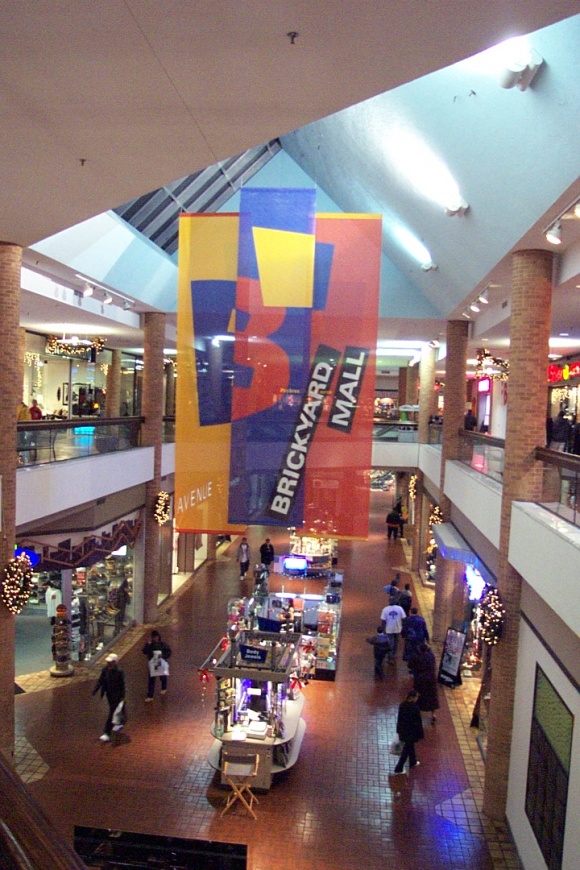


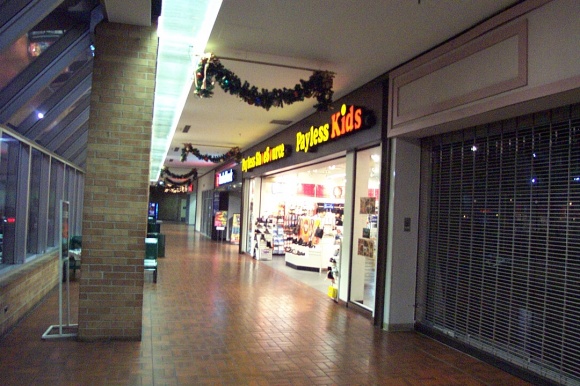
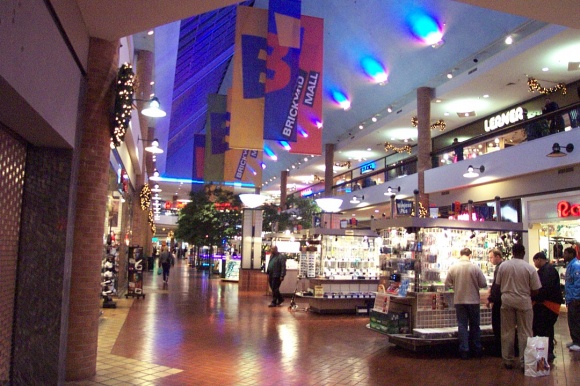
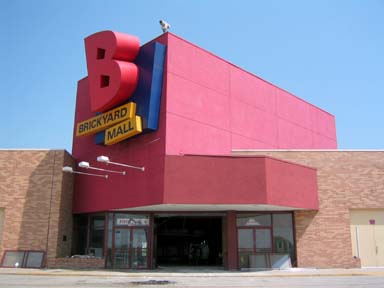
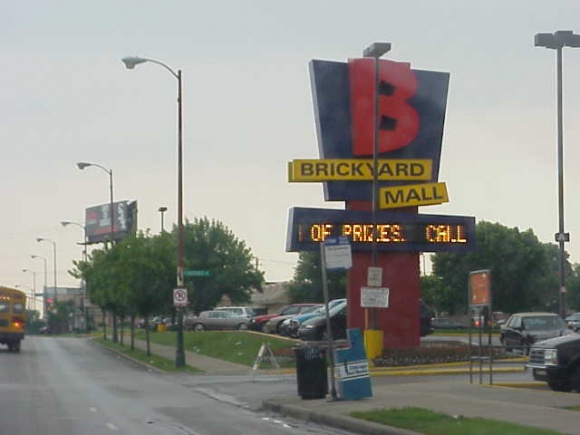
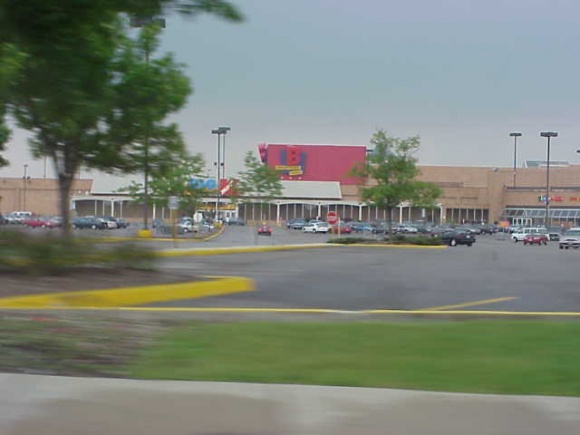
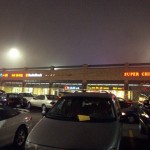
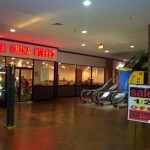
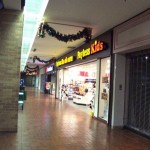
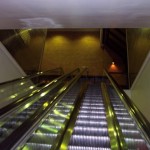
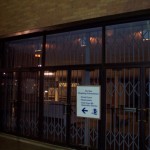
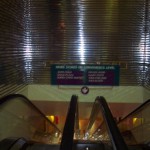
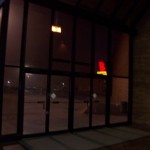
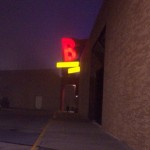
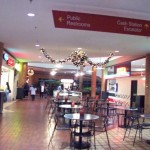
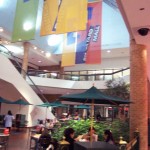

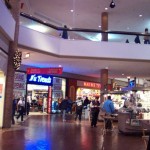
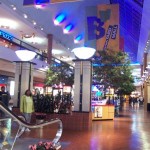
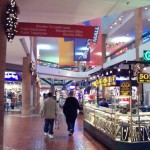
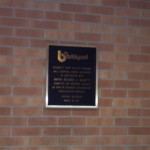
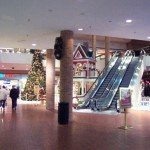
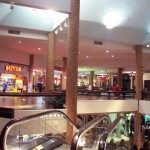
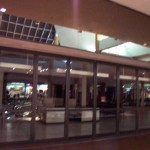
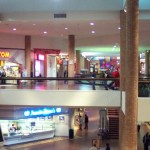
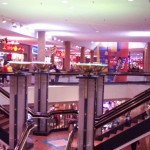
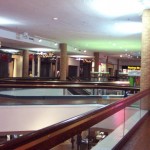
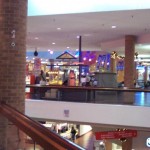
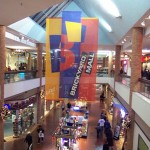
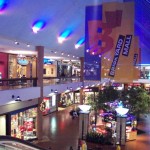
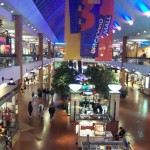
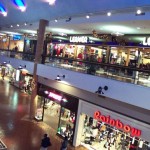
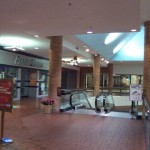
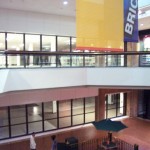
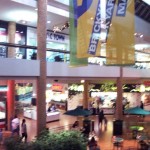
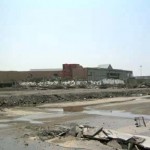
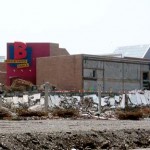
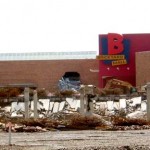
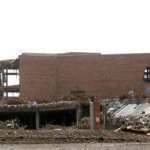
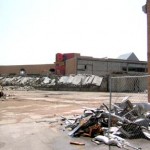
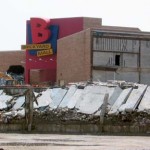
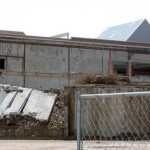
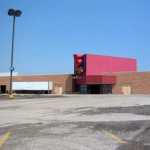
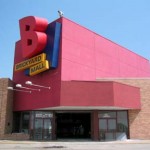
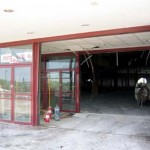
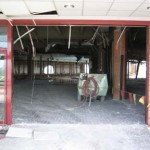
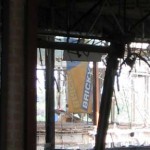
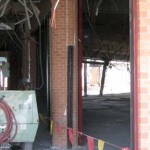
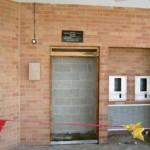
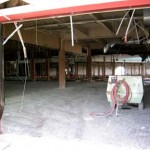
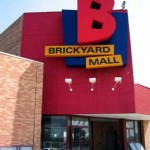
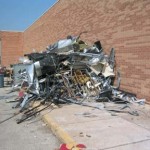
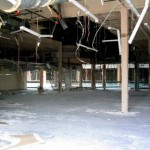
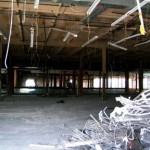
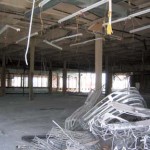
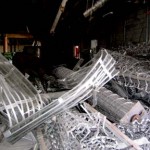
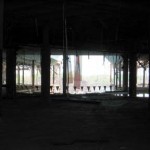
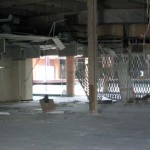
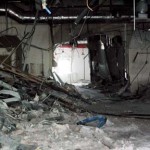
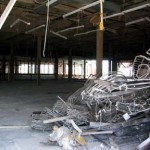
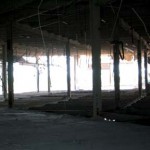
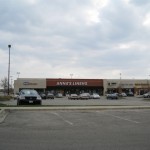
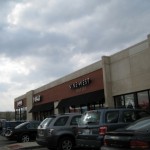
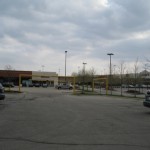
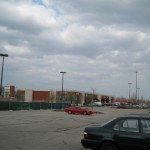
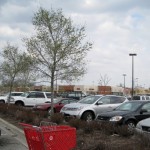
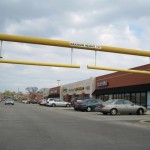
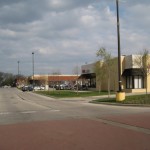
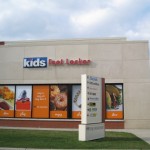
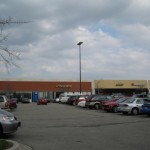
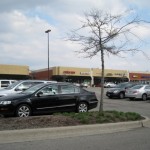

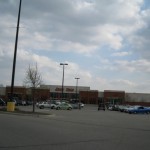
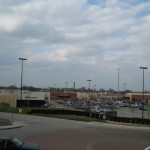
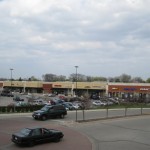
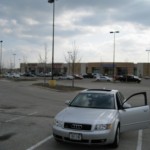
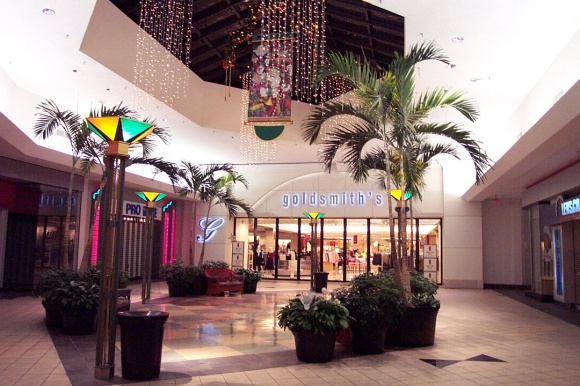 Located approximately 20 miles southeast of downtown Memphis, Hickory Ridge Mall opened in 1981 at the corner of Winchester and Hickory Hill Roads. At the time, this was the farthest mall from Memphis’s core, and indicative of a shift in population away from the city and into the suburbs. 1981 was also the same year the larger Mall of Memphis opened, closer to the center of population and near the airport. Over time, both malls failed: Mall of Memphis succumbed due to a perception of crime after some high-profile incidents, and Hickory Ridge Mall faltered due to the wrath of overbuilding and demographic changes before being snuffed out by mother nature.
Located approximately 20 miles southeast of downtown Memphis, Hickory Ridge Mall opened in 1981 at the corner of Winchester and Hickory Hill Roads. At the time, this was the farthest mall from Memphis’s core, and indicative of a shift in population away from the city and into the suburbs. 1981 was also the same year the larger Mall of Memphis opened, closer to the center of population and near the airport. Over time, both malls failed: Mall of Memphis succumbed due to a perception of crime after some high-profile incidents, and Hickory Ridge Mall faltered due to the wrath of overbuilding and demographic changes before being snuffed out by mother nature.

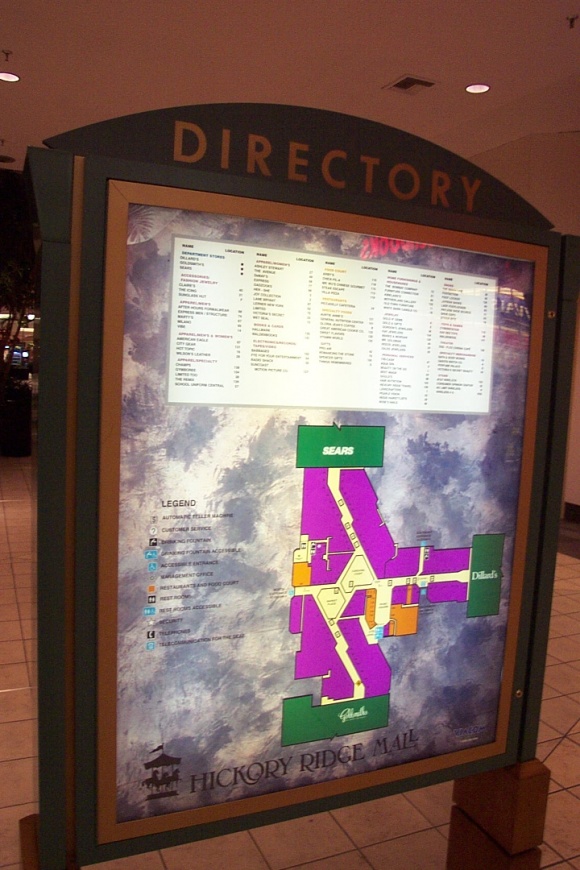
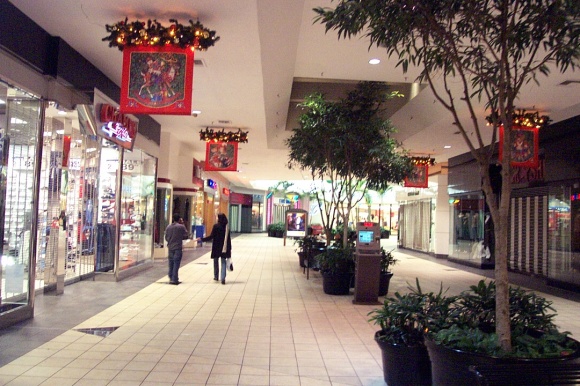
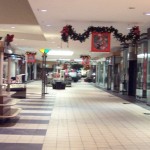
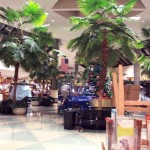
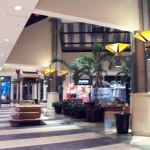
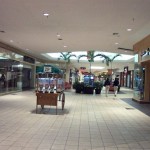
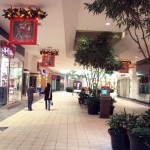
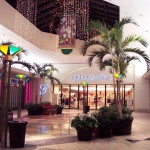
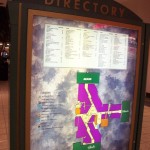
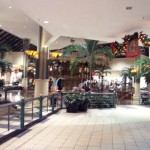
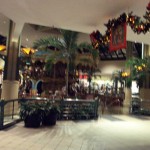
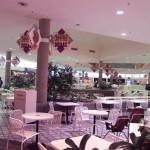
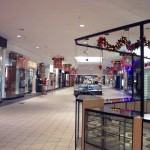
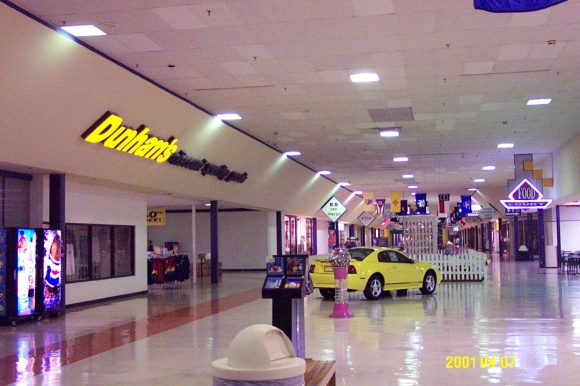

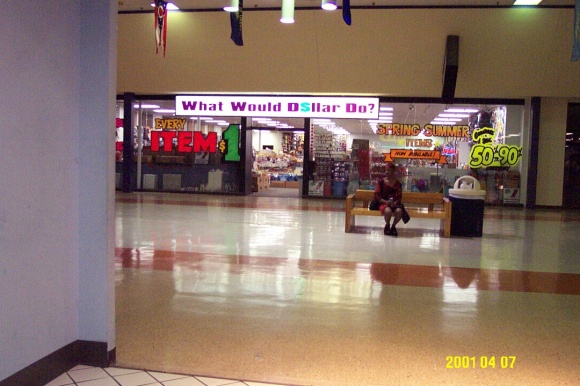
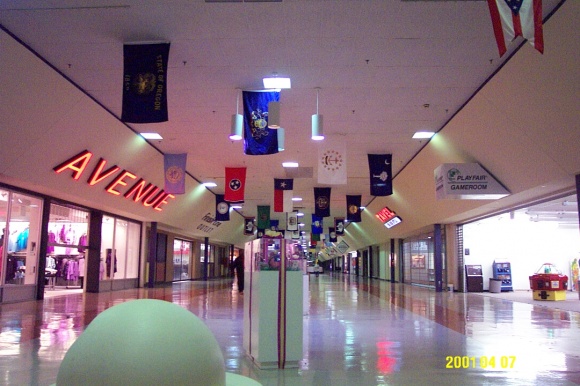
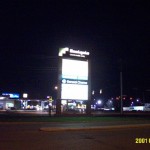
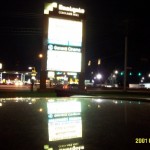
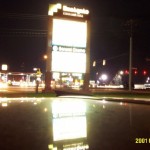
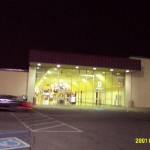
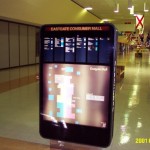
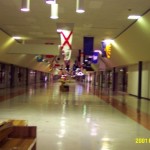
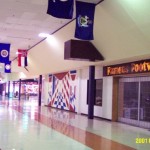
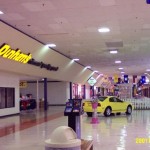
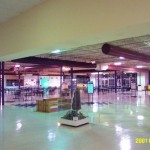
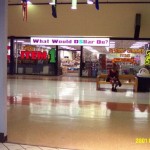
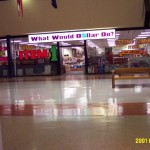
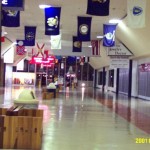
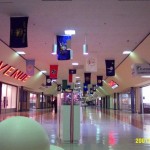
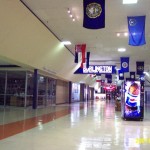
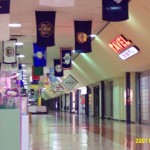
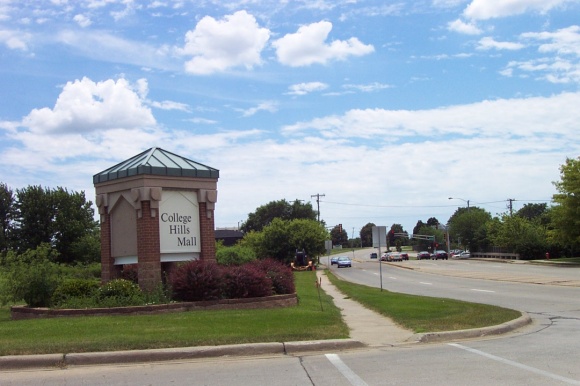 In the mall-crazy late 1970s, a developer decided that one mall wasn’t enough for little Bloomington-Normal, and made plans to build a second enclosed mall on the same strip. Located just a mile north of Eastland Mall along Veterans Parkway/Old Route 66, the
In the mall-crazy late 1970s, a developer decided that one mall wasn’t enough for little Bloomington-Normal, and made plans to build a second enclosed mall on the same strip. Located just a mile north of Eastland Mall along Veterans Parkway/Old Route 66, the 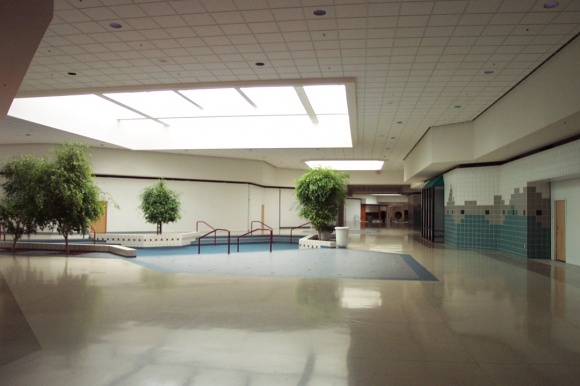

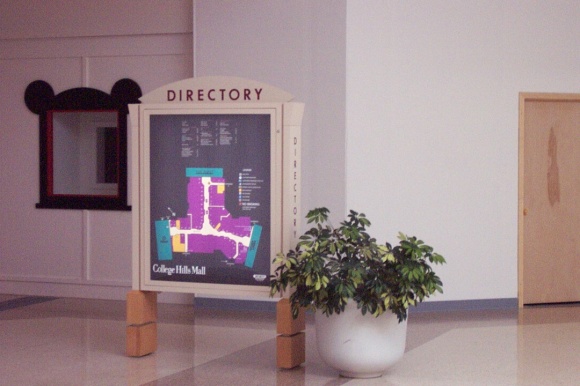
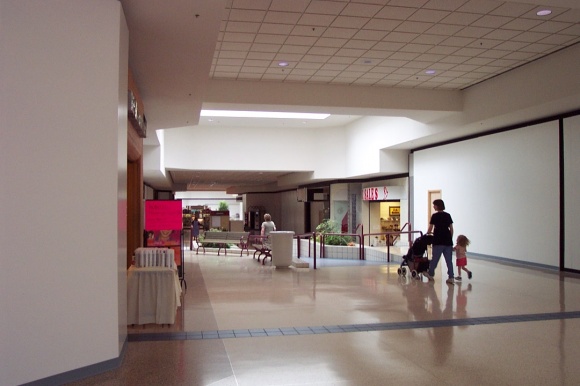
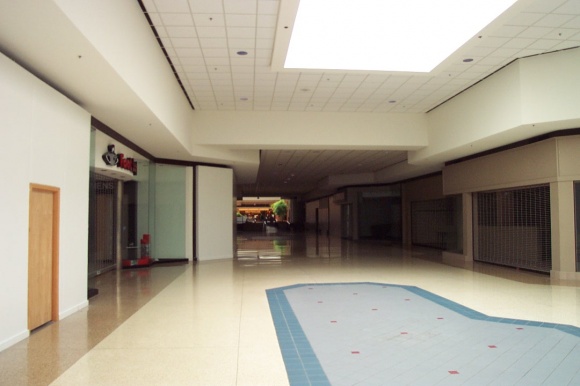
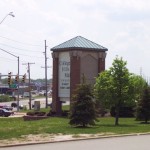
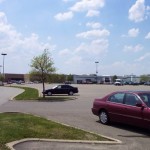
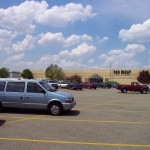
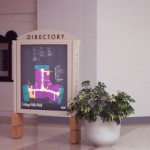
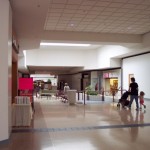
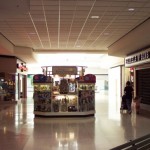
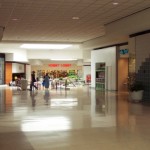
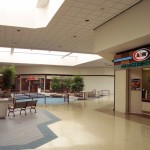
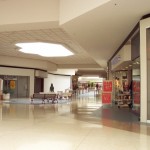
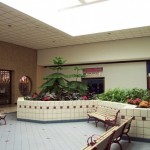
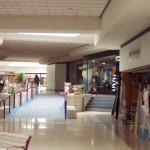
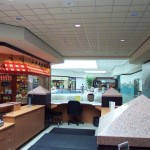
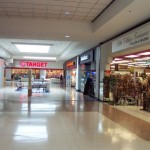
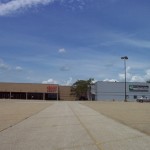
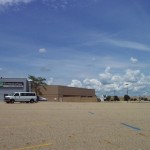
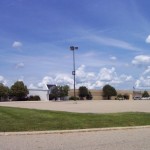
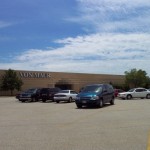
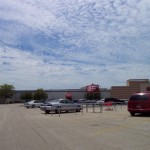
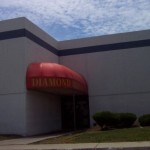
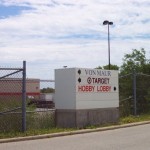
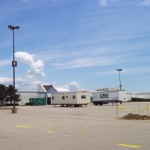
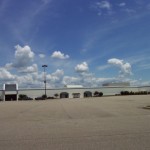
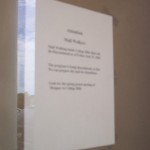
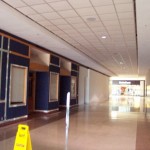
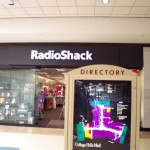
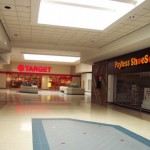
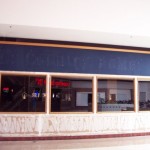
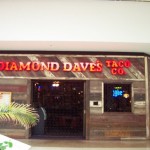
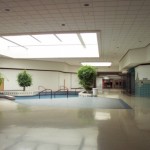
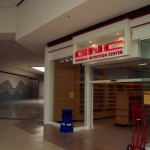
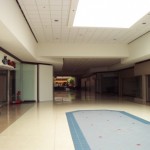
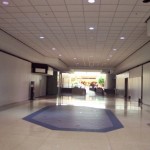
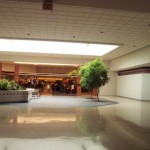
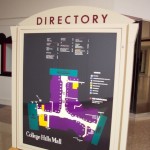

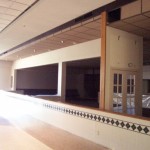
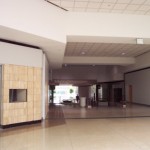

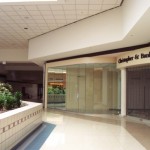
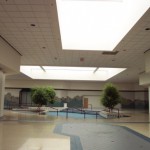
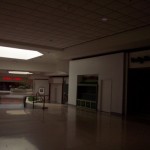
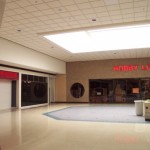

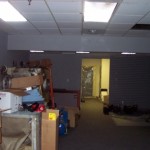
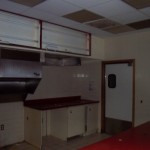
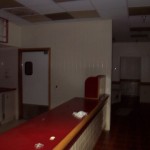
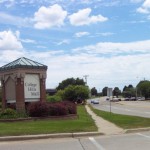
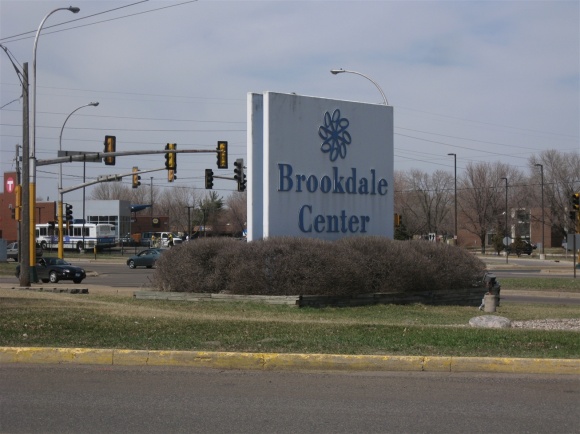 Located in Brooklyn Center, an inner-ring suburb 10 miles northwest of Minneapolis, Brookdale Center is a behemoth of a mall living on borrowed time. Opened in 1962, Brookdale debuted to a new, sprawling post-war building boom which eventually levelled off as the area became built out. Over time, many original residents serving the mall’s purpose moved up and out to newer and better suburbs, and were slowly replaced by those with a different socioeconomic status. Today, Brookdale is in serious decline, existing as as an ever-dwindling collection of stores inside the husk of a super-regional mall on the precipice of closure.
Located in Brooklyn Center, an inner-ring suburb 10 miles northwest of Minneapolis, Brookdale Center is a behemoth of a mall living on borrowed time. Opened in 1962, Brookdale debuted to a new, sprawling post-war building boom which eventually levelled off as the area became built out. Over time, many original residents serving the mall’s purpose moved up and out to newer and better suburbs, and were slowly replaced by those with a different socioeconomic status. Today, Brookdale is in serious decline, existing as as an ever-dwindling collection of stores inside the husk of a super-regional mall on the precipice of closure. 